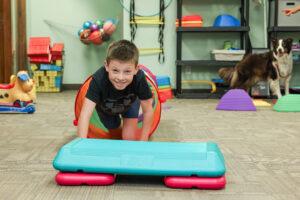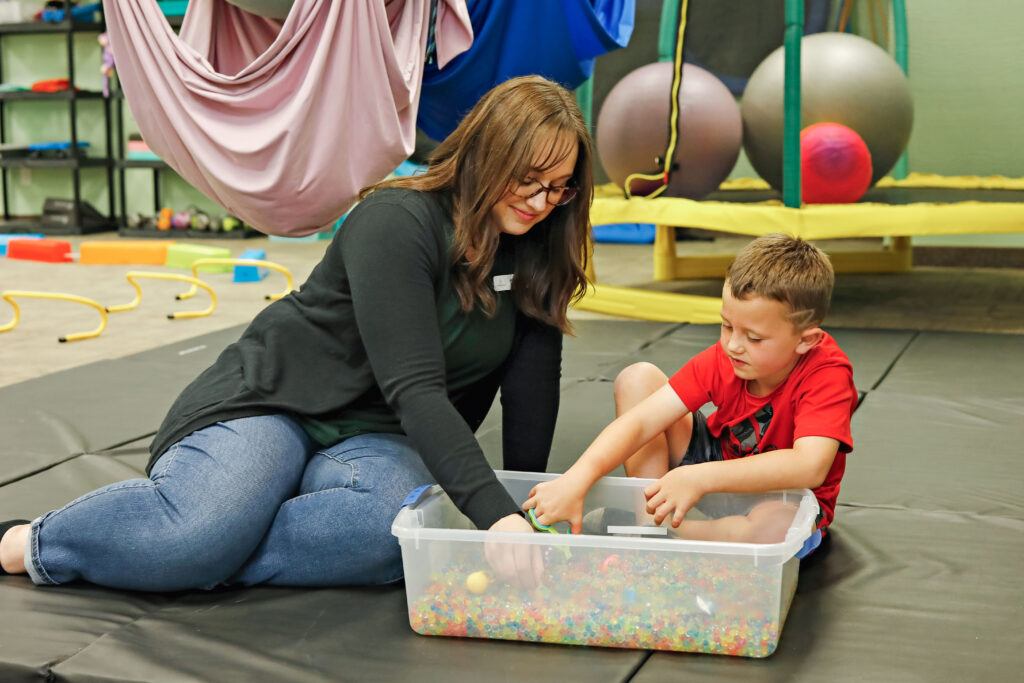
Pediatric occupational therapy is all about helping children develop the skills they need to navigate daily life – whether that’s improving fine motor skills, sensory processing, or social interaction. While traditional therapy settings are common, some therapists are thinking outside the box and turning to more unconventional environments, such as the zoo. The zoo offers a stimulating, engaging, and educational atmosphere that can provide tremendous benefits for children undergoing occupational therapy. Little Legends goes every summer and we will be going in May-August of 2025!
Here’s why going to the zoo can be an excellent choice for pediatric occupational therapy:
1. Sensory Stimulation
One of the main goals of pediatric occupational therapy is to help children manage sensory input. The zoo is a sensory-rich environment, offering a variety of sights, sounds, textures, and smells. From the calls of animals to the rustling of leaves in the trees, children can experience sensory stimulation in a way that is more dynamic than the typical indoor therapy room.
For children with sensory processing difficulties, a visit to the zoo allows therapists to create specific tasks that help children learn how to regulate their sensory experiences. For example, listening to the sounds of different animals can help improve auditory processing skills, while touching different textures (such as animal fur or plants) can support tactile sensory processing.
2. Physical Activity and Motor Skills Development
The zoo provides an ideal setting for physical activity, which is a key component of occupational therapy. Walking through the zoo’s expansive grounds helps children build strength, coordination, and endurance. Many zoos have interactive exhibits, climbing structures, or animal-themed obstacle courses designed to engage children physically.
Therapists can guide children through these activities, helping them practice gross motor skills such as balancing, jumping, running, and climbing. These skills are crucial for daily activities, such as navigating schoolyards, riding a bike, or simply playing with friends.
Additionally, many children with developmental delays or motor impairments may find the zoo to be a more fun and motivating environment than a gym or therapy space, encouraging them to engage in exercises that might otherwise feel like a chore.
3. Social Interaction and Communication Skills
The zoo also offers a natural setting for social interaction. Occupational therapists often use real-world situations to help children with social challenges learn how to engage with others. At the zoo, children have the opportunity to practice sharing space, taking turns at exhibits, and following group directions in a public setting. For children who struggle with communication, the zoo provides plenty of opportunities to practice conversational skills with peers, family members, and even staff.
Therapists can guide interactions and model social behaviors in a non-threatening and enjoyable environment. This makes social skills development feel more natural and less forced than it might in a clinical setting.
4. Learning Through Play
The zoo is full of opportunities for children to learn while they play. Occupational therapy sessions that involve play can help children improve problem-solving abilities, critical thinking, and cognitive skills. At the zoo, children can observe animals, learn about their habitats, and explore the different ways animals interact with their environment.
For children with autism or developmental delays, the zoo can provide visual and hands-on learning experiences that align with their individual learning styles. For example, identifying animals by their colors, sizes, or behaviors helps children develop categorization skills and reinforce memory retention. Plus, it’s much more enjoyable to learn about nature and wildlife in such a captivating setting!
5. Emotional Regulation and Stress Reduction
For many children, therapy can be intimidating or stressful. However, the zoo’s calm and nurturing environment can help reduce anxiety and provide opportunities for emotional regulation. The peaceful setting of animal enclosures and the natural landscape provides a sense of calm that may help children with anxiety, ADHD, or other emotional difficulties.
Spending time in nature and interacting with animals can be soothing, offering emotional benefits such as improved mood and stress relief. Therapists can incorporate calming exercises, deep breathing, or mindfulness activities while observing the animals or enjoying the surroundings. This can help children develop coping mechanisms for managing stress and overwhelming emotions.
6. Motivation and Engagement
When children are engaged in a fun activity, they’re more likely to participate willingly and actively. The zoo provides an environment that is rich with exciting sights and experiences, which makes it easier for therapists to motivate children to participate in exercises or practice new skills. Whether it’s observing a lion or feeding the ducks, children are more likely to embrace therapy when it’s tied to an activity they find enjoyable.
This increased motivation can lead to greater success in therapy, as children become more enthusiastic and committed to their sessions. The novelty of the zoo setting also keeps children interested, helping them stay focused on therapy goals for longer periods.
7. Real-World Applications of Therapy
One of the unique aspects of zoo therapy is the way it integrates real-world applications of skills learned during sessions. For example, a child might practice following a schedule by attending specific animal shows or feeding times. They might work on their fine motor skills by using a magnifying glass to closely examine animal tracks or practicing their writing skills by keeping a journal of animals they’ve seen during the visit.
This kind of real-world application not only reinforces therapy but also shows children how they can use the skills they’re learning in everyday situations. Whether it’s navigating a busy space, making decisions, or following instructions, the zoo provides a living, breathing classroom for children to practice their skills in meaningful ways.
Conclusion
The zoo is more than just a fun outing for children; it’s a dynamic and enriching environment that can be incredibly beneficial for pediatric occupational therapy. Whether it’s through sensory exploration, physical activity, social interaction, or real-world learning, a visit to the zoo provides children with valuable experiences that contribute to their overall development. By taking therapy outside the traditional therapy room and into the wild, therapists can offer children a memorable, engaging, and effective way to build the skills they need to thrive in everyday life.
Summer Zoo sessions will begin in May. Please call/text our office at 406-647-0042 or email at info@littlelegendstherapy.com to get scheduled!







No comment yet, add your voice below!